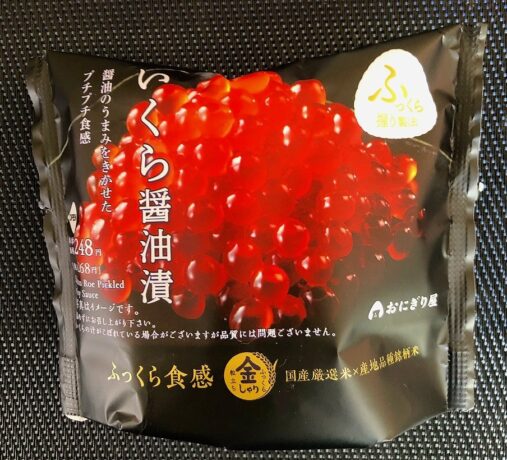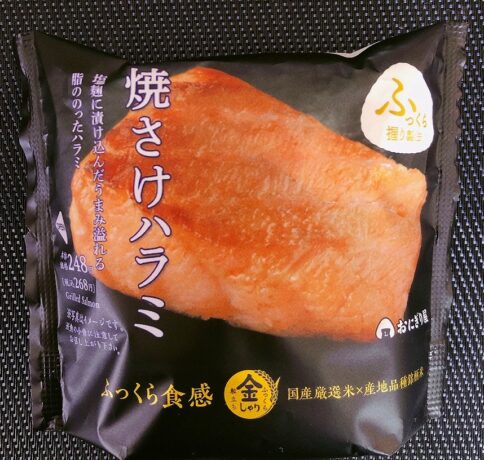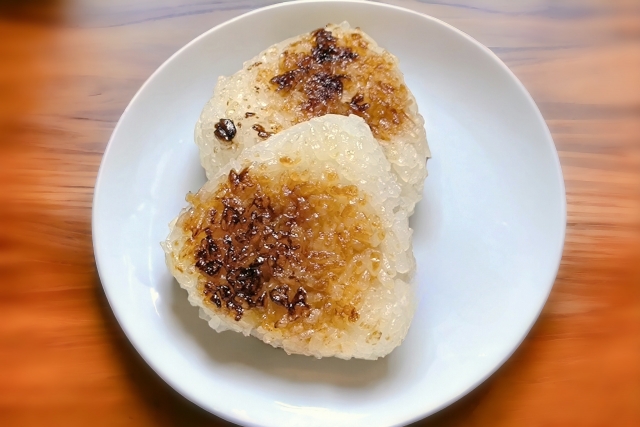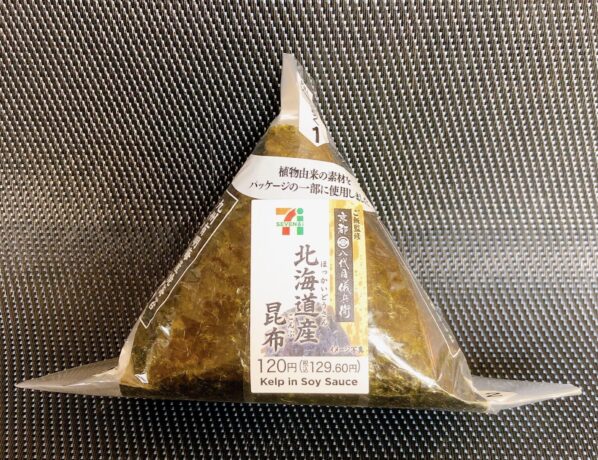Introduction
Have you ever eaten onigiri? In Japan, Onigiri is so popular in Japan.
It is called as Omusubi or Musubi.

Until recently, they were only offered in Japanese restaurants overseas.
What is Onigiri?
Recently, they have come to be sold in quite a few places, mainly in food courts and other snack shops, especially in the United States and Southeast Asia. You may have already eaten them.
Onigiri is a rice ball made of cooked rice that is hand-formed into a triangle or circle.
As a familiar food, it is indispensable for Japanese people. By eating this onigiri, you can experience the unique food culture enjoyed by the Japanese.
History of Onigiri
Onigiri has a long history and is said to have had its original form as far back as the Yayoi period (around the 1st century B.C.).
Onigiri, which used to be simply formed rice, has evolved remarkably in recent years.
One of the features of onigiri is the variety of flavors that can be enjoyed by adding different ingredients to the rice.
By adding your favorite ingredients, you can enjoy a variety of flavors.
Salted pickled plums, grilled salmon, kelp tsukudani(boiled in soy sauce), shiitake mushroom tsukudani, etc. are used as ingredients.
Recently, the ingredients have been changed so that the sandwiches can evoke the four seasons in Japan.
While it is said that sandwiches were invented by the Earl of Sandwich to keep the poker game going, onigiri appeared as an easy meal.
Onigiri can be easily eaten with one’s hands, making it a good choice for lunch.
Originally, onigiri were basically salt-flavored, but variations of onigiri flavors have been added by wrapping them in seaweed (Yaki Nori), dipping them in soy sauce or miso, or sprinkling sesame seeds on them.
Onigiri that have been seeded with seaweed (Yaki Nori) are eaten as is.
Onigiri wrapped in seaweed
In the past, onigiri made by parents at home consisted only of pickled plums. Then they put Nori (seaweed) on it. However, the Nori became sticky from the humidity from the rice, and it was like eating wet paper.
Some onigiri sold at convenience stores are packaged with a good combination of plastic film to prevent the Nori from getting damp.
Types of Onigiri Ingredients
However, since onigiri have started to be sold in convenience stores and supermarkets, the variety of onigiri ingredients has really increased.
In addition to pickled plums, these include salted pickled plums, grilled salmon, kelp tsukudani, shiitake tsukudani, pickled Takana mustard, shrimp with mayonnaise, tuna with mayonnaise, and egg rolls.
Other unusual horse mackerel rice balls include
Boiled egg: A delicious rice ball with a half-boiled egg, boiled in dashi (Japanese soup stock) and flavored with a delicious taste.

Cod roe: Cod roe is a salted pollock roe that can be eaten raw, so you can find both raw and grilled cod roe.
Spicy cod roe: Cod roe cured in salt with red pepper; the red color is the color of the pepper.
There are also raw rice balls with salmon roe (ikura) and grilled salmon roe that has been cooked.
Okaka Shaved dried bonito flakes with soy sauce
Grilled wiener
Bacon and eggs
Grilled cheese curry
Beef yakiniku with green chili miso
However, we was really surprised when the tenmusu came out. Tenmusu is an abbreviation for Tempura + Omusubi.
It is a rice ball with tempeh as a filling.
It is an onigiri with tempura such as shrimp inside.
The crispiness of the tempura is indescribably delicious.
Other types of Onigiri
The basic ingredient is white rice, but recently various kinds of mixed rice are also being made into onigiri.
Kayaku-zushi Gohan (rice with various seasonings) Rice balls are made from rice cooked with a mixture of chicken, vegetables, other ingredients and soy sauce.
Rice with Pickled Takana A vegetable called takana, seasoned for a short period of time, is cut into small pieces and mixed with rice to make onigiri.
Also, wrapping, or rather wrapping around the rice ball with seaweed, Nori, makes it easier to eat without sticking to the hand.
Recently, there are also other types such as Oboro Konbu maki (wrapped in seaweed).
Other ways to eat onigiri

There is also grilled onigiri, which is grilled rice ball.
These are grilled onigiri seasoned with salt or soy sauce, lightly charred on the outside, and have a savory taste.
Those with Nori (seaweed) attached are less commonly used.
These grilled rice balls are often ordered at bars as a last dish.
There is also a way to eat grilled rice balls in dashi broth in the style of Chazuke (rice with green tea).
The onigiri is eaten with chopsticks, breaking up the onigiri little by little.
It is easy to eat because it is light.
How to eat onigiri
In Japan, onigiri are generally eaten by freely picking them up with your hands. Overseas, however, disposable gloves are sometimes prepared and eaten without touching them with your hands.
Also, although eating with the hands is the basic rule, chopsticks may be used for small onigiri.
English marking for tourists from overseas

The other day, we saw Onigiri (rice balls) at a 7-Eleven convenience store, and to my surprise, they were marked in English.
We think this is a good idea for tourists from overseas to understand.
Even if the onigiri has the contents of the ingredients written in Japanese kanji, those who cannot read Japanese would not understand what is inside, right?
Especially nowadays, there are more than 10 different types of onigiri contents in pretty much every convenience store.
We hope to see more and more of them labeled in English in the future.

Summary
We have described Onigiri, a typical Japanese easy food.
There are many different types of onigiri.
We hope you have learned that there are many different flavors.
When you are tired of looking for a restaurant in Japan, why don’t you buy Onigiri at a convenience store or supermarket, bring them back to your hotel or other accommodations, and eat them?
